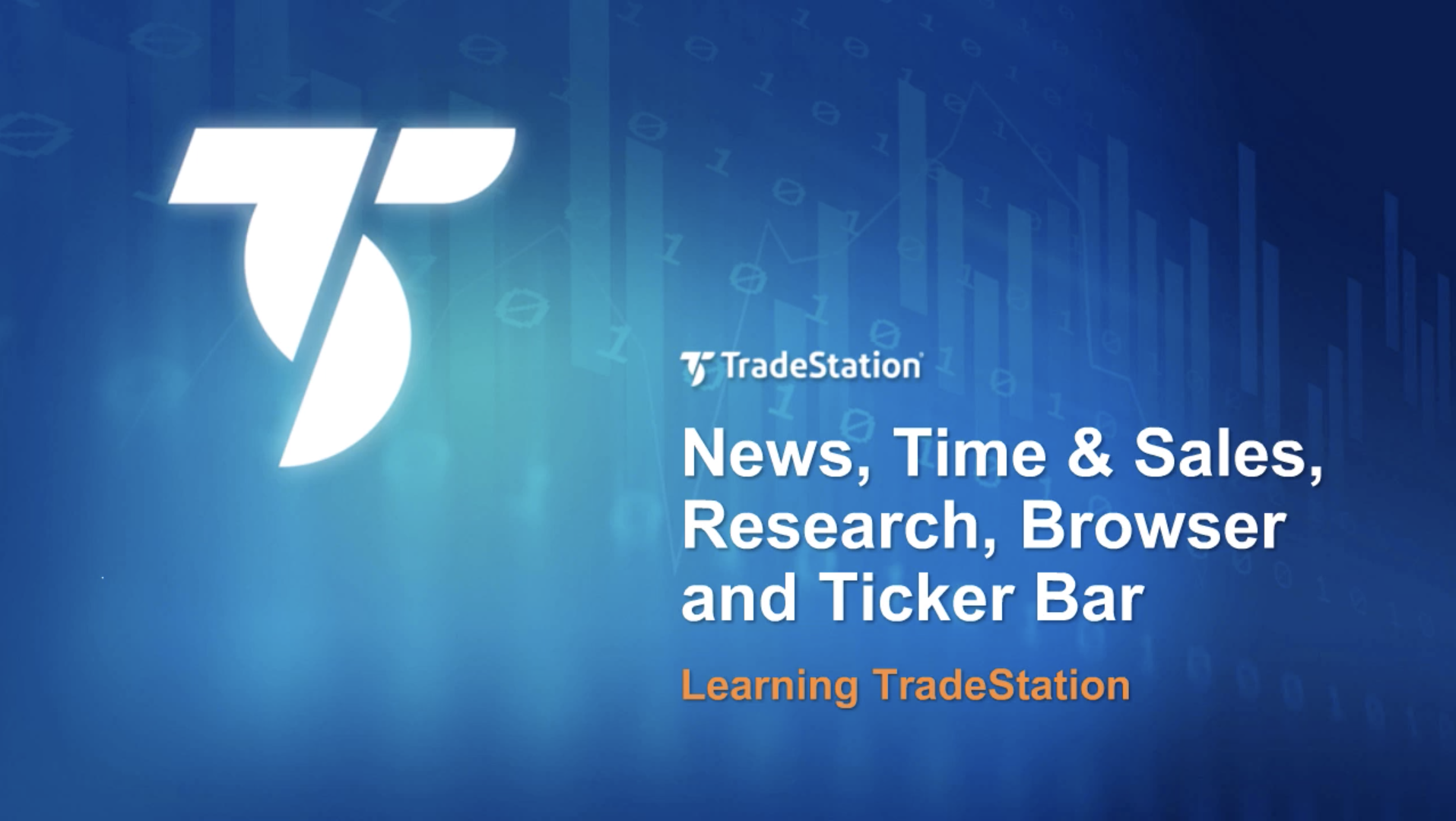

For example, since the US and Canada markets open at 9:30 AM, the first hourly bar of the day actually only covers 30 minutes, from 9:30 AM to 10:00 AM. Note: For intraday bars, the first bar of the day may be shorter than the others. For example, on a weekly bar, the date of the bar corresponds to the Monday of that week. Note: The date for weekly and monthly bars indicates the start of the bar's time period. Similar techniques are used to create 5-minute bars from 1-minute data, 30-minute bars from 10-minute data, monthly bars from daily data, etc. Weekly Close = Close value for the last daily bar for that week (typically Friday's close) For instance, the bars used on weekly charts are created from daily data using the following technique: “Longer” bars are created by combining the appropriate shorter time-period bars together. Indexes that have the phrase “(NBD)” are updated during the next business day (i.e., the next day that the market is open).ĭata for 1-minute, 10-minute, 60-minute and daily periods is pulled directly from our data feed. They are typically updated soon after the market closes. Indexes that only have one data value per day are called “End-of-Day” indexes and have the phrase “(EOD)” at the end of their description. Mutual Funds only report one data point per day (after the market closes) and thus can only be charted as lines on daily charts. Non-members can only chart daily and weekly bars. Subscribers can create charts using any of the time periods listed above. For the stocks that we track, we also have intraday data bars available in 1-, 2-, 3-, 5-, 10-, 15-, 30-, 60-, and 120-minute durations, as well as increments that divide the day's trading into equal size bars: 39-minute (10 bars per day), 65-minute (6 bars per day), 78-minute (5 bars per day), 130-minute (3 bars per day), and 195-minute (2 bars per day). Historical pre-market and after-hours data is available going back approximately three trading days.įor each ticker symbol in our database, we have daily, weekly, and monthly data bars. Volume data and volume-based indicators are not available for any extended hours bars. Extended hours price bars will only be shown if there has been trading activity during the timeframe of that bar. Note that securities are generally more thinly-traded during pre-market and after-hours sessions than during regular market hours. When this box is checked, extended hours bars will be added to your intraday chart in color-coded sections (purple for after-hours, blue for pre-market) if extended hours data is available for that symbol. Check the Extended Hours checkbox in the Chart Attributes section of the SharpCharts Workbench, or on the Chart Settings panel in StockChartsACP. In addition, extended hours data can be charted on both SharpCharts and StockChartsACP charts.

Pre-market and after-hours price quotes are available on the Symbol Summary page during pre- and post-market trading sessions. For US markets, after-hours trading data covers the 4 hours after market close (4:00 PM - 8:00 PM Eastern time) and pre-market data covers the 5.5 hours prior to the market opening for the day (4:00 AM - 9:30 AM Eastern time). Click here for more information about the BATS real-time data available on our site.įor many US symbols, we offer extended hours trading data. We highlight BATS real-time data bars in yellow.

BATS data quotes do not contain useful volume information, so we do not display volume on BATS charts.

For thinly-traded stocks, BATS data can differ significantly. For liquid stocks, BATS data is very similar to NYSE/Nasdaq data. BATS data is only available for US stocks. There is an additional charge from the exchanges for their real-time data.īATS real-time data is provided by the BATS exchange for no additional charge. We currently offer exchange real-time data for the NYSE, Nasdaq, TSX, and LSE exchanges. We highlight exchange real-time data bars in green. In addition, exchange real-time data contains accurate volume data. We consider data quotes from those exchanges to be the “official” quotes for each security, and they should be extremely close to real-time values found on other sources. We offer real-time data from two different sources: exchange real-time data for NYSE/Nasdaq/TSX/LSE and BATS real-time data for NYSE/Nasdaq.Įxchange real-time data comes directly from the appropriate exchange.


 0 kommentar(er)
0 kommentar(er)
